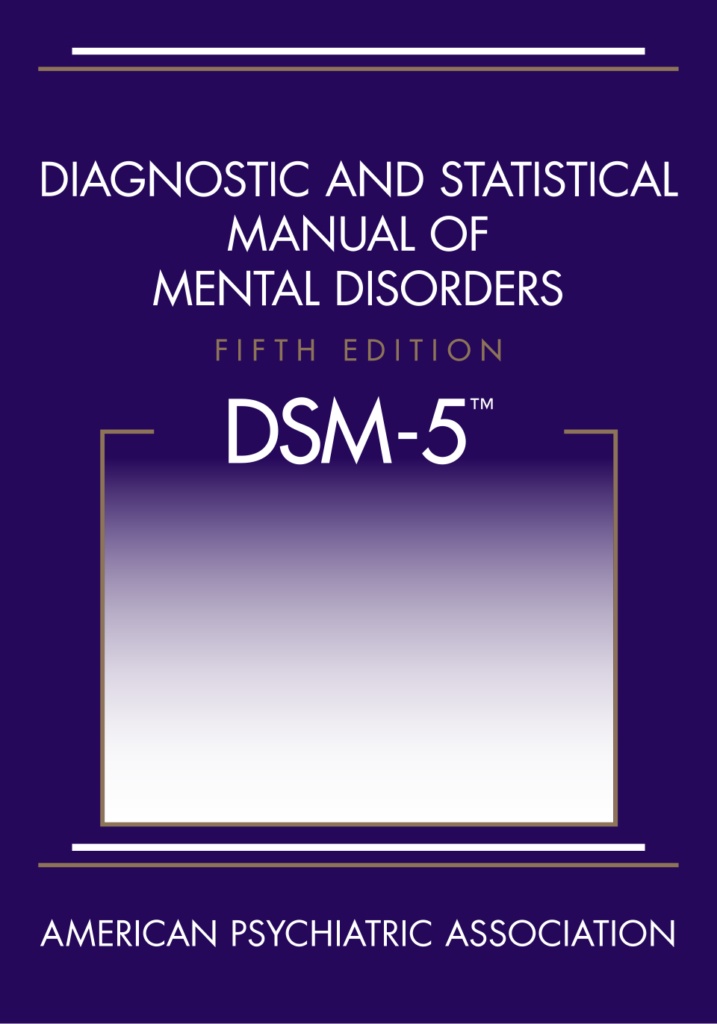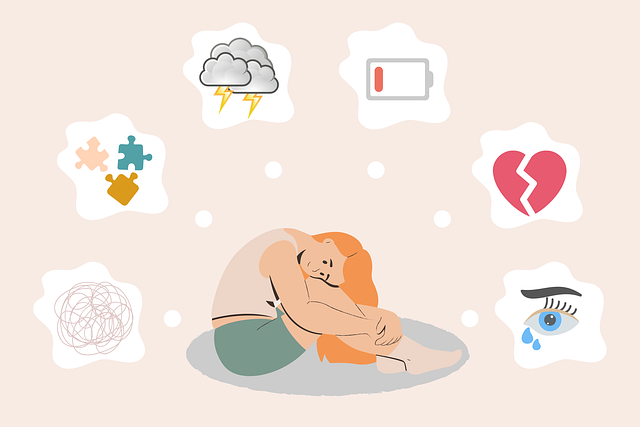Introduction
Adjustment disorder is a mental health condition that occurs when a person has difficulty coping with or adjusting to a specific stressor. While stress is a normal part of life, some people experience symptoms that are more intense, persistent, and disruptive than expected. To make an accurate diagnosis, mental health professionals refer to the Diagnostic and Statistical Manual of Mental Disorders, Fifth Edition—better known as the DSM-5.

Understanding the DSM-5 criteria for adjustment disorder can help individuals, families, and professionals recognize the signs early and seek timely support. This guide explains those criteria in detail, covers when a diagnosis can be made, and explores how adjustment disorder compares to other conditions like generalized anxiety disorder (GAD) and post-traumatic stress disorder (PTSD).
What are the DSM-5 criteria for adjustment disorder?
The DSM-5 outlines specific criteria that must be met for an adjustment disorder diagnosis. These include:
- Onset within 3 months of a stressor – Emotional or behavioral symptoms must appear within three months of experiencing a significant stressor. Examples of stressors include losing a job, going through a divorce, moving to a new city, or facing a serious medical diagnosis.
- Distress out of proportion to the stressor – The reaction to the stressor must be more intense than what would typically be expected, considering cultural and social context.
- Significant impairment in daily life – The symptoms must interfere with work, school, relationships, or other important areas of functioning.
- Not due to another disorder – The symptoms cannot be better explained by another mental disorder such as major depressive disorder, GAD, or PTSD.
- Not part of normal bereavement – If the reaction is to the death of a loved one, the response should be assessed against normal grief reactions.
- Limited duration – Once the stressor or its consequences have ended, symptoms should not persist for more than six months.
These criteria ensure that adjustment disorder is diagnosed accurately and not confused with other mental health conditions.
When can you diagnose adjustment disorder?
A mental health professional can diagnose adjustment disorder when:
- The symptoms develop within three months of a specific, identifiable stressor.
- The emotional or behavioral reaction is excessive when compared to what is typically expected.
- The distress is causing real functional problems in social, academic, or occupational areas.
Diagnosis involves a thorough clinical evaluation, which may include:
- A detailed history of the stressor and the timeline of symptoms.
- An assessment of symptom severity and duration.
- Ruling out other mental health conditions.
It is important to remember that diagnosis should be made by a qualified mental health professional, such as a psychiatrist, psychologist, or licensed therapist.
What is the time frame for adjustment disorder DSM-5 criteria?
The DSM-5 clearly defines the time frame for adjustment disorder:

- Symptom onset: Within 3 months after the stressor begins.
- Duration: Symptoms should resolve within 6 months after the stressor or its effects have ended.
However, there is an exception—if the stressor or its consequences continue (for example, ongoing illness or prolonged unemployment), the symptoms may last longer. In such cases, the diagnosis may shift to chronic adjustment disorder, which persists beyond six months.
Is adjustment disorder with anxiety the same as GAD?
No, adjustment disorder with anxiety is not the same as generalized anxiety disorder (GAD), although they can share similar symptoms such as restlessness, tension, and worry.
Key differences include:
- Trigger: Adjustment disorder with anxiety is always linked to a specific stressor, while GAD often develops without a clear triggering event.
- Duration: Adjustment disorder symptoms have a limited time frame (generally under six months unless chronic), whereas GAD symptoms must persist for at least six months and tend to be ongoing.
- Focus of anxiety: In adjustment disorder, anxiety typically revolves around the specific stressor; in GAD, the worry is more generalized and can cover multiple life areas simultaneously.
Understanding this distinction helps ensure appropriate treatment and avoids misdiagnosis.
Which is a key characteristic of adjustment disorders?
The most defining feature of adjustment disorder is the disproportionate reaction to a specific stressor.
This can manifest as:
- Intense sadness or hopelessness
- Excessive anxiety or worry
- Irritability or anger outbursts
- Withdrawal from social situations
- Decline in performance at work or school
What makes adjustment disorder unique is the clear link between the stressor and the symptoms. Once the stressor is resolved, most people experience significant improvement.
What’s the difference between PTSD and adjustment disorder?
Although both PTSD and adjustment disorder fall under “Trauma- and Stressor-Related Disorders” in the DSM-5, they have important differences:
| Feature | Adjustment Disorder | PTSD |
|---|---|---|
| Type of stressor | Any significant life stressor (e.g., breakup, job loss, illness) | Traumatic events involving actual or threatened death, serious injury, or sexual violence |
| Symptom onset | Within 3 months of stressor | Within 3 months or delayed onset after trauma |
| Core symptoms | Emotional distress, functional impairment | Intrusive memories, flashbacks, nightmares, avoidance, hyperarousal |
| Duration | Symptoms resolve within 6 months (unless chronic) | Symptoms last more than 1 month and often persist for years |
| Severity | Less severe than PTSD | More severe and debilitating |
In short, PTSD is triggered by extreme trauma and has hallmark symptoms like flashbacks and hypervigilance, whereas adjustment disorder involves an excessive but time-limited reaction to a less severe stressor.
Conclusion
Adjustment disorder is a real and impactful mental health condition that requires careful assessment. The DSM-5 criteria provide a clear framework for diagnosis, ensuring that the condition is differentiated from other disorders like GAD and PTSD.
Key points to remember:
- Symptoms must start within 3 months of a stressor.
- The reaction must be excessive and cause functional impairment.
- Symptoms usually resolve within 6 months unless the stressor continues.
Recognizing these signs early and seeking professional help can make a significant difference in recovery and overall well-being.



